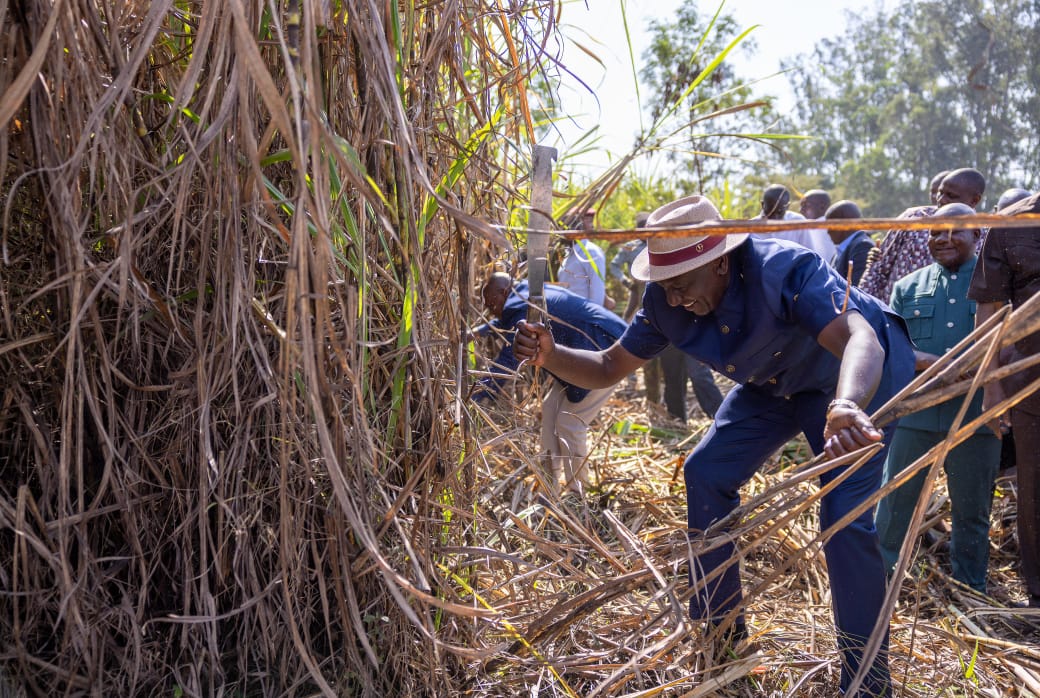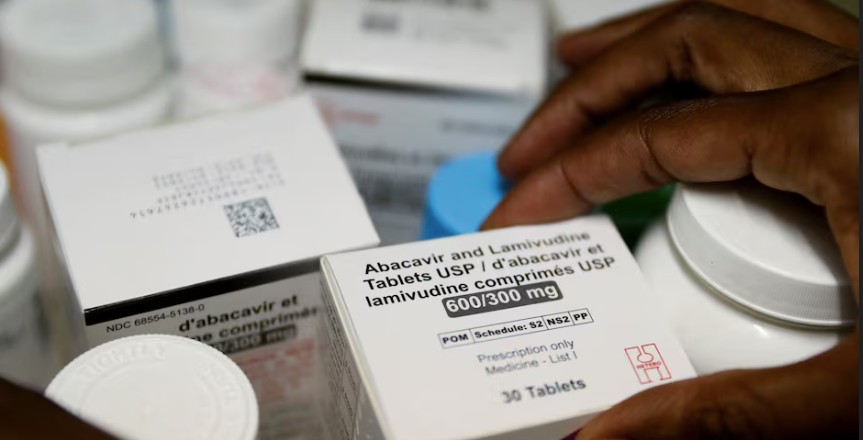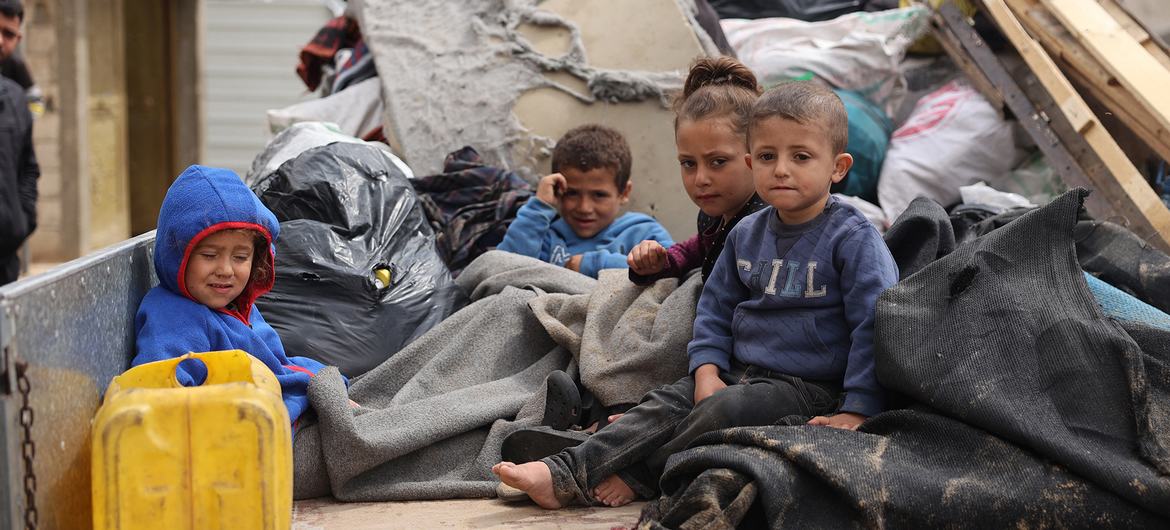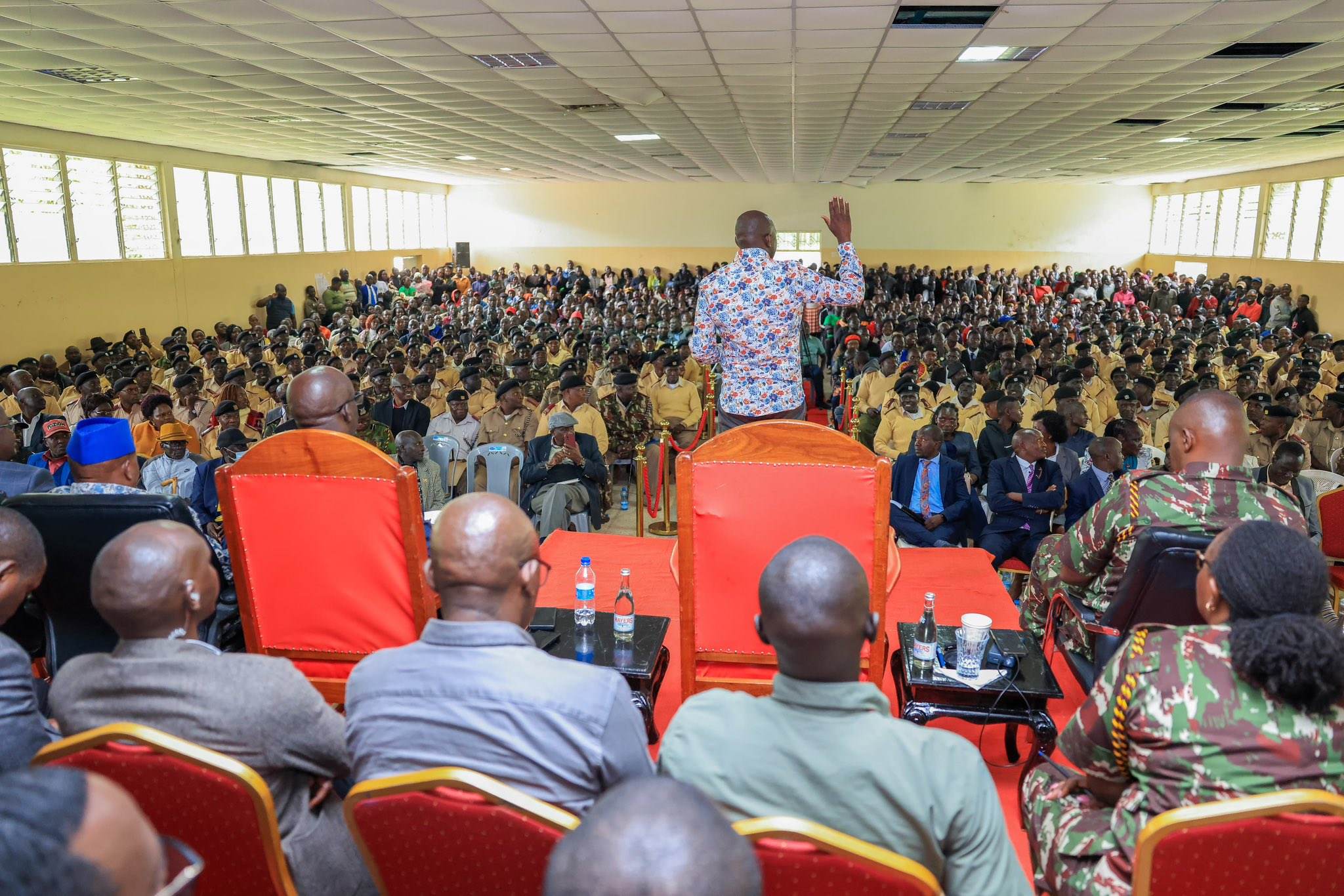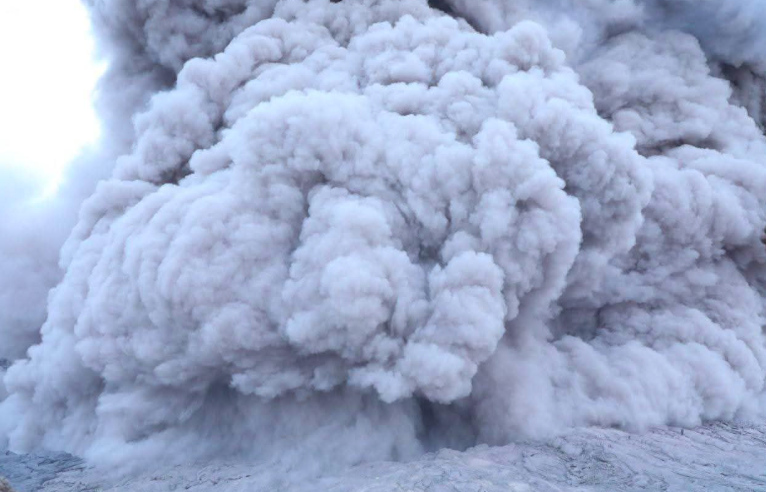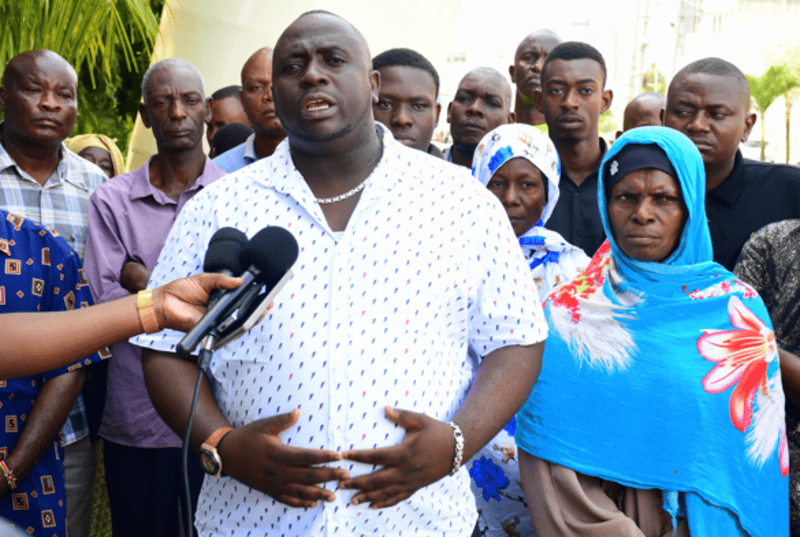WHO-backed report confirms cholera still active in parts of Kenya amid nationwide response
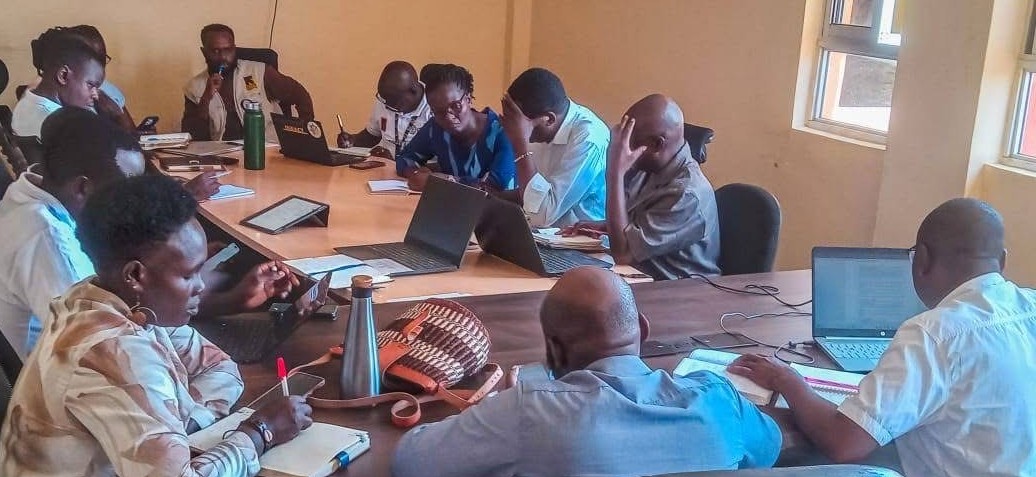
Turkana County remains one of the worst-affected, with 122 cases reported in Turkana West Sub-County, mostly within the Kakuma and Kalobeyei refugee settlements.
Cholera transmission remains active in three Kenyan counties—Turkana, Nairobi, and Mombasa—as the country continues to manage an outbreak that has persisted through much of 2025.
According to data from the Africa Infodemic Alliance, in partnership with the World Health Organisation (WHO), six counties have reported cases this year. However, effective public health measures have brought the situation under control in Migori, Kisumu, and Kwale.
More To Read
- Kenya to roll out lenacapavir HIV prevention injection by 2026 in landmark move
- World Zoonoses Day: Scientists warn Kenya faces rising threat from animal-borne diseases
- Nairobi residents urged to donate more blood amid 30 per cent shortfall
- MSF calls for urgent scale-up in water, sanitation programmes amid rising cholera cases in Abyei, South Sudan
- UNICEF sounds alarm as Ethiopia faces deadly disease outbreaks amid critical funding gap
- Kenya marks World Blood Donor Day as state, Red Cross urge donations to save lives
As of the latest update, Kenya has recorded 423 confirmed cholera cases and 20 deaths. Seven of these occurred in the community, while 13 were reported in health facilities. The overall case fatality rate (CFR) stands at 4.7 per cent.
The outbreak began in Migori County, where the first case was reported on February 12 in Kuria East. The disease spread rapidly—driven by heavy rainfall, flooding, and water contamination linked to El Niño—but has since been contained in Migori.
Kisumu County recorded one of the highest case numbers, with 99 infections and 7 deaths reported across seven sub-counties. Nyando was the hardest-hit with 65 cases and five deaths, followed by Muhoroni with 18 cases and one death. Other affected areas included Kisumu East, Kisumu West, Kisumu Central, Kadibo, and Nyakach. The last case in Kisumu was reported on May 31, with no new infections since, indicating the outbreak is now under control.
In Nairobi, transmission remains active.
Sixty-nine cases have been reported in 16 of the city’s 17 sub-counties. Of these, 12 were confirmed by laboratory culture, all caused by Vibrio cholerae serogroup O1, Ogawa. While no new cases have been reported since June 11, health officials remain vigilant.
Kwale County’s outbreak was concentrated in Lunga Lunga sub-county, particularly in Jasini village near the Tanzanian border. Additional cases emerged in Msambweni sub-county.
Overall, 48 cases were reported, with four confirmed by culture and three resulting in death. No new cases have been reported since May 21, and the situation is now stable.
Worst-affected
Turkana County remains one of the worst-affected, with 122 cases reported in Turkana West Sub-County, mostly within the Kakuma and Kalobeyei refugee settlements. Thirty-nine cases were confirmed by culture, with the most recent one reported on July 3.
In Mombasa, 32 cases and five deaths have been reported in Jomvu sub-county, yielding a high CFR of 15.6 per cent. The last case there was recorded on June 18.
Testing data highlights the extent of the outbreak. Of the 265 samples tested using Rapid Diagnostic Tests (RDTs), 177 (67 per cent) were positive.
Culture testing of 185 samples showed 99 (54 per cent) were positive for Vibrio cholerae O1, Ogawa. Most patients (46 per cent) were between 15 and 44 years old. Males made up 51 per cent of the cases, females 49 per cent.
In June 2025, Health Cabinet Secretary Aden Duale confirmed that the Kenya National Public Health Institute, working with county governments and development partners, is coordinating the national response.
Rapid response teams (RRTs) have been deployed at both national and county levels to carry out case finding, contact tracing, and treatment.
Key Water, Sanitation, and Hygiene (WASH) interventions are ongoing. These include the distribution of Aqua tabs and chlorine for household water treatment, super-chlorination of communal water sources in Nairobi and Kisumu, and hygiene campaigns and disinfection in Kwale.
By mid-June, the Ministry of Health had confirmed 379 cases and 18 deaths across seven counties, with Kisumu reporting the highest number of fatalities, followed by Mombasa, Kwale, Nairobi, Turkana, and Migori.
Although some counties have not recorded new cases in recent weeks, health authorities continue to monitor high-risk areas closely.
Globally, WHO reported 2,754 cholera-related deaths in 26 countries as of May 2025—more than 93 per cent of them in Africa, which remains the most affected region, along with the Eastern Mediterranean and South-East Asia.
Top Stories Today
Reader Comments
Trending

